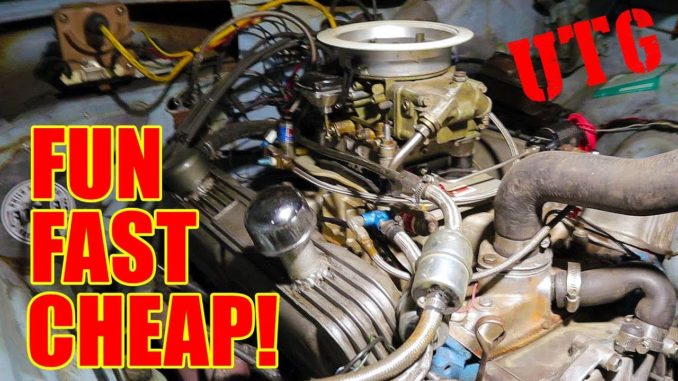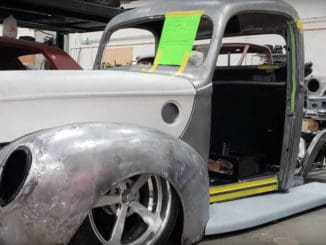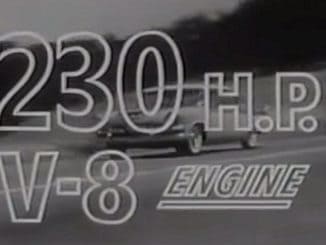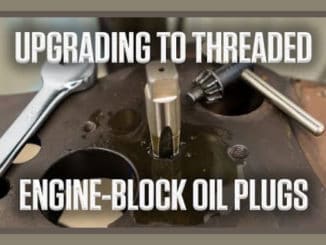
Unveiling the Secrets of a High-Performance 318 Mopar Engine
In the world of high-performance engines, Mopar enthusiasts often seek ways to unlock extra power without breaking the bank. If you’ve been following our Bottle Rocket series, you know we’ve been diving into a project that’s gaining some serious momentum. In this article, we will break down the key components of our 318 Mopar engine and discuss how it’s designed for optimal street and strip performance.
The Heart of the Beast: Before we delve into the details, let’s take a quick snapshot of what our 318 Mopar engine looks like right now. This setup is a perfect example of a street/strip engine, capable of delivering the power and reliability you need to confidently hit the asphalt. So, what’s under the hood?
The Foundation: Our engine’s short block is a stock 318 Mopar. We kept things simple and reliable by sticking with the original bearings and not overboring the block. Many enthusiasts prefer a “loose” engine, as we do because it contributes to smoother performance. Even when our cranks are cut, we aim for a slightly loose motor to keep it happy.
Reversed Pistons: One unique twist we’ve applied to this engine is reversing the pistons and swapping their positions side to side in the bores. This tweak reverses the piston offset and enhances the rod’s angularity during the early part of the power stroke. If you want to learn more about this modification, check out our dedicated video on the subject.
Camshaft Magic: Our camshaft choice was a bit of a hidden gem – the Hughes Whiplash. This cam isn’t part of any advertising campaign; we’ve found it to be a great fit through practical experience. It’s a key player in delivering the engine’s excellent performance. The camshaft is installed straight up, and we couldn’t be happier with the results.
The Power Path: Moving from the camshaft upwards, you’ll find a lineup of stock components. We stuck with stock push rods and rockers to maintain simplicity and reliability.
Cylinder Heads: Our cylinder heads are a set of 1967-1969 to 1973 318 closed-chamber heads. While they bear a resemblance to the famous 340 heads, these heads offer a slightly more generous exhaust port, making them a smart choice. We conducted a basic valve job, did some bowl porting, and performed a little intake and exhaust porting. The goal was to improve airflow and efficiency, and you don’t always need fancy-looking port work for impressive results.
Intake Manifold: Our choice for the intake manifold was the Holley Street Dominator. We gasket-matched it to the intake ports and cleaned up some rough edges to ensure smooth airflow. This single-plane intake manifold is just one of several suitable options for this setup.
Carburetor: We opted for an out-of-the-box 750 Holley carburetor, and interestingly, the jetting right out of the box has proven to be nearly perfect for our engine combination. Fuel distribution and plug coloring have been spot on, eliminating the need for immediate adjustments.
Ignition: The ignition system features a Mallory dual-point distributor. It’s running on one set of points, but the other set will come into play when we introduce nitrous. Initial timing is set at 16 degrees, while total timing reaches 36 degrees at 2,000 RPM. Automatic transmission users should adjust these numbers accordingly.
Exhaust System: Our mixed-matched set of headers, featuring 1 5/8-inch primaries and 3-inch collectors, feeds into a pair of old purple horn mufflers. It’s simple and functional, serving its purpose without unnecessary complications.
Cooling System: A basic fan clutch is all that’s needed for cooling. While this one might seem a bit loose, it effectively gets the job done.
There you have it – a recipe for a potent, yet straightforward 318 Mopar engine designed for both the street and the strip. The secret lies in well-chosen components, simple tweaks, and efficient tuning. We’ll take this engine to the track soon, so stay tuned for more exciting updates.




